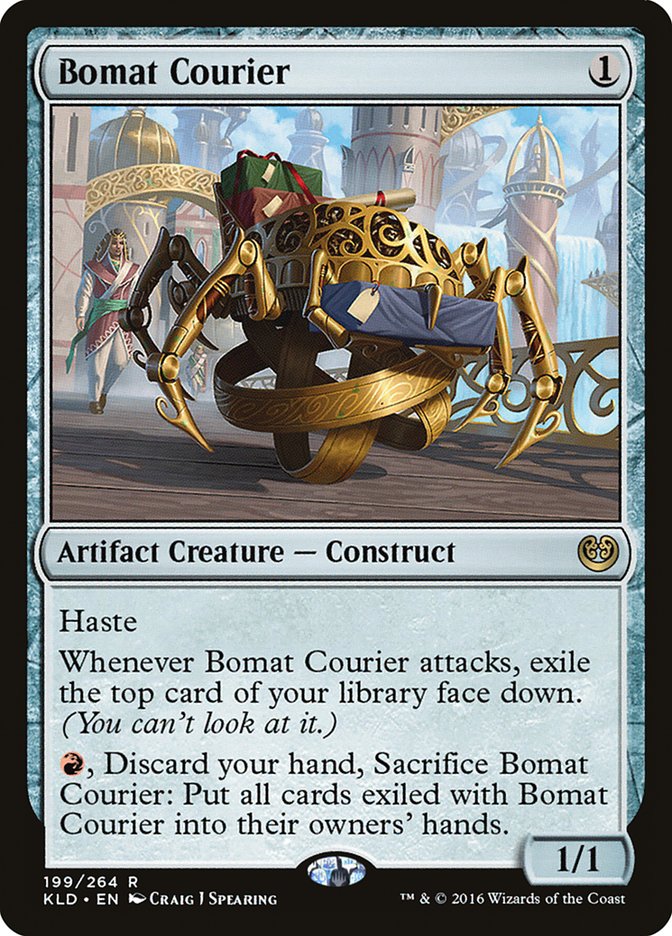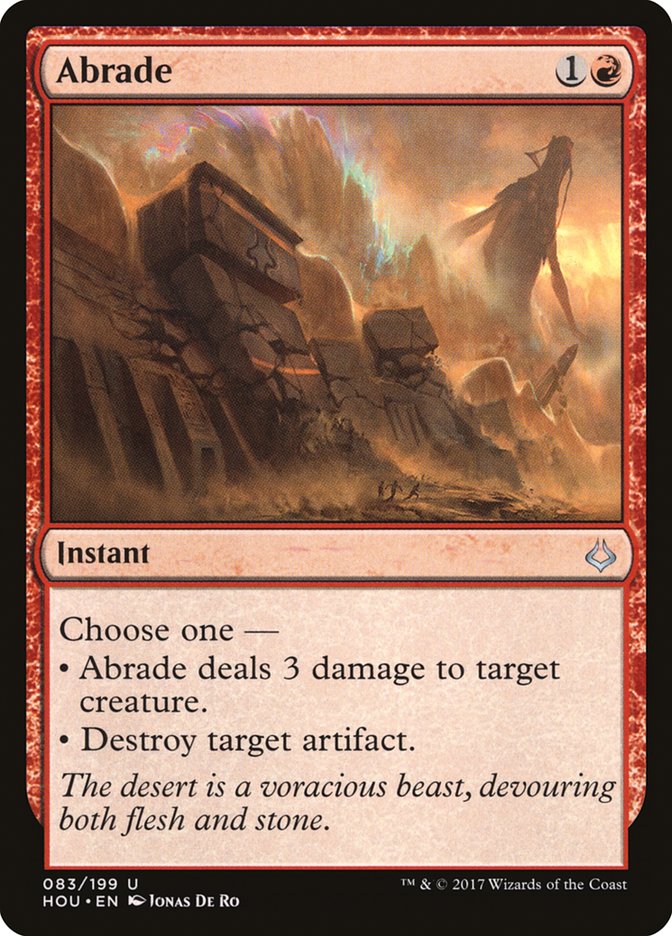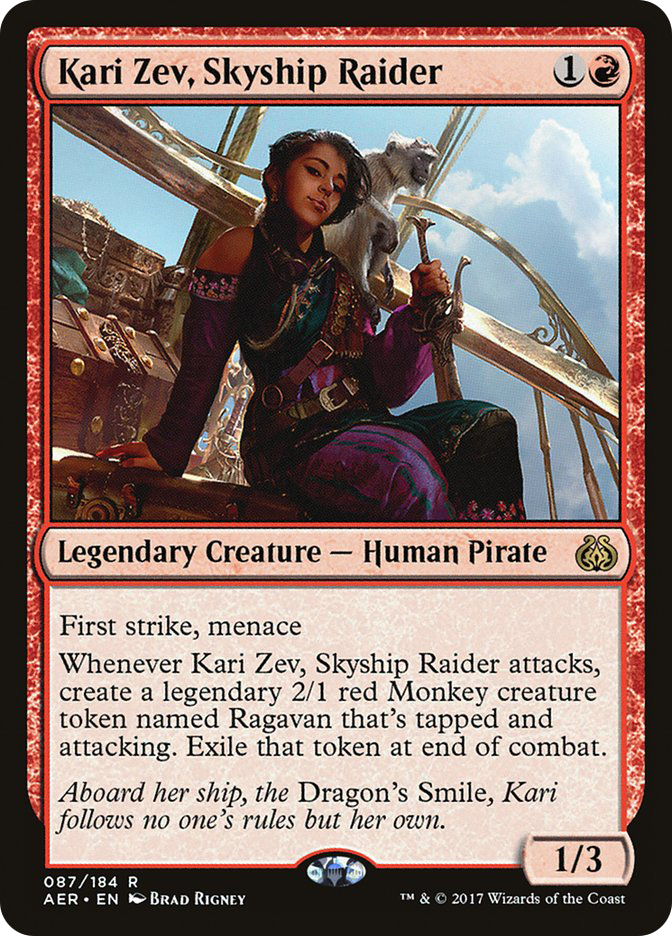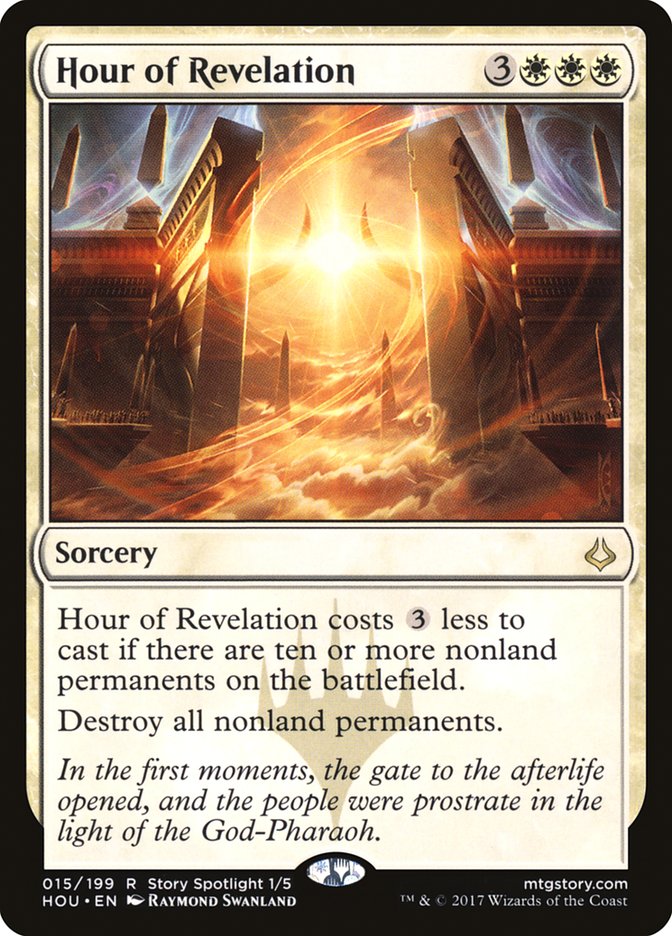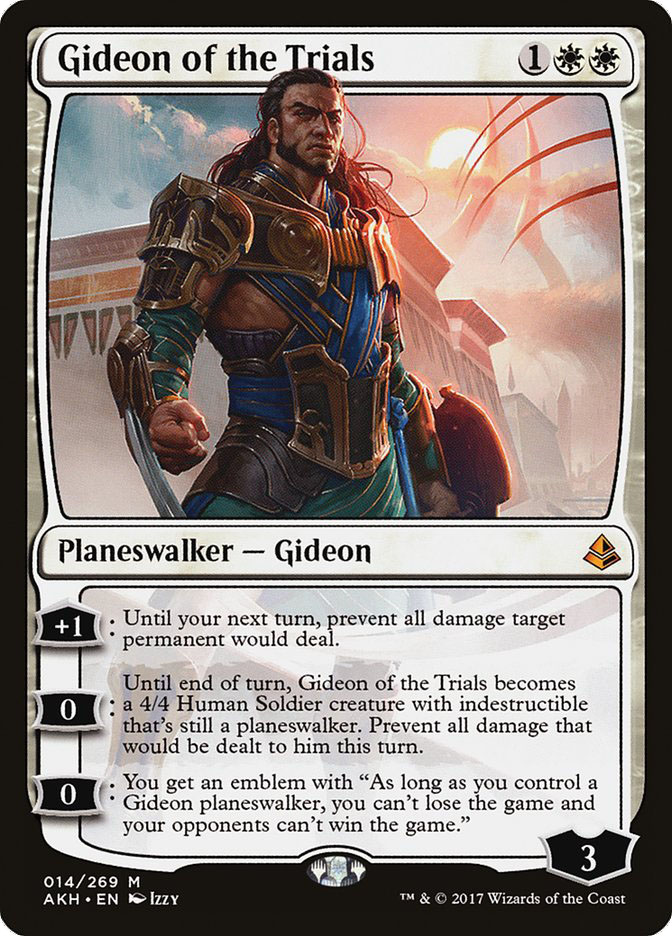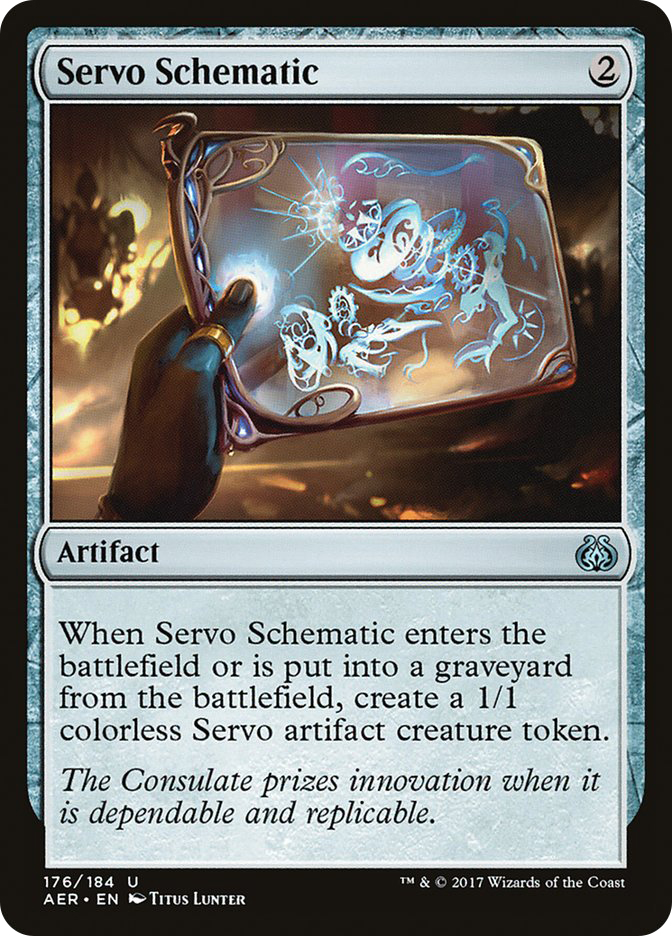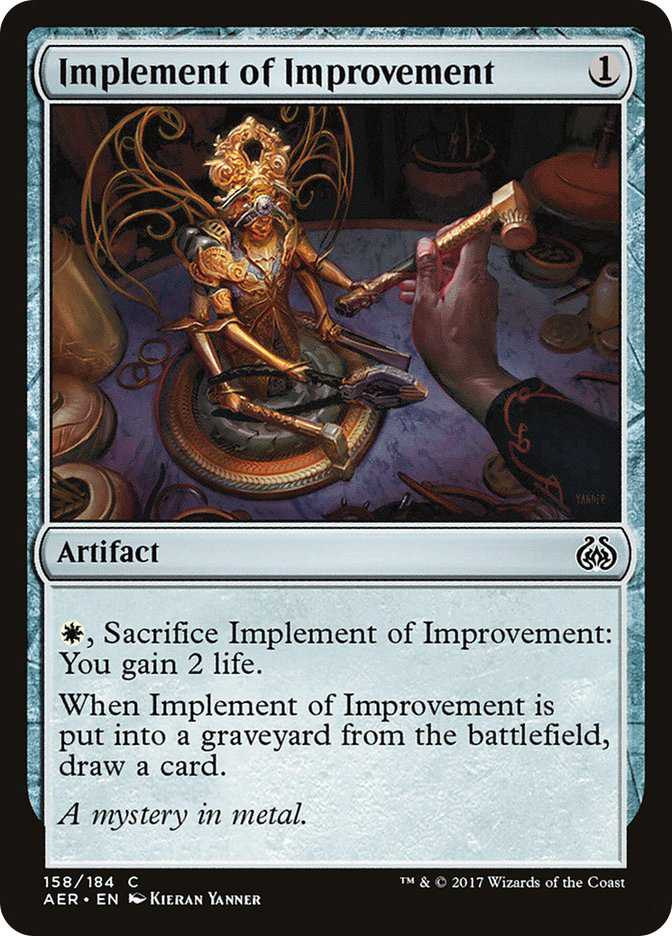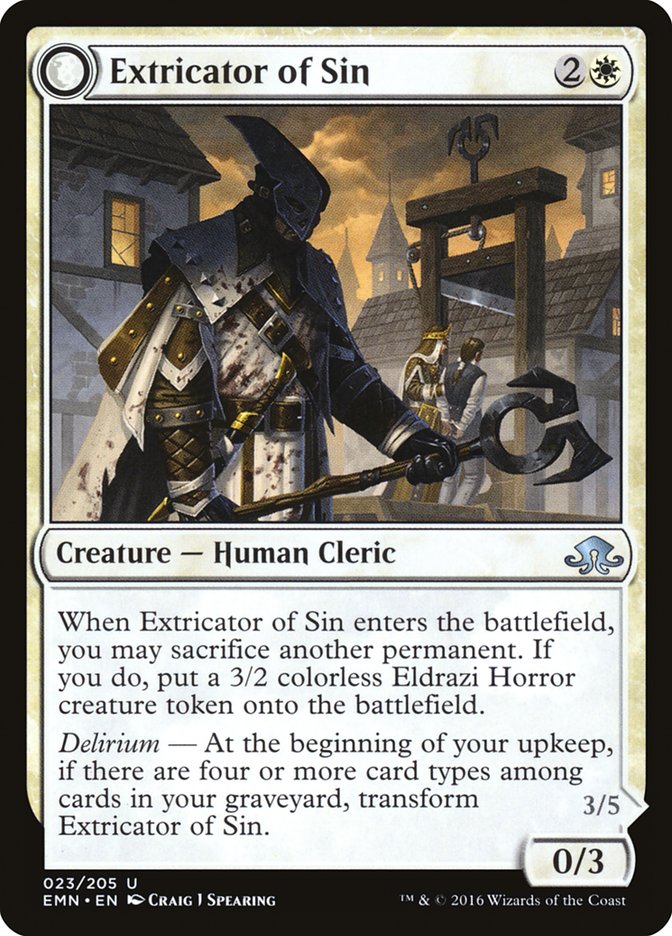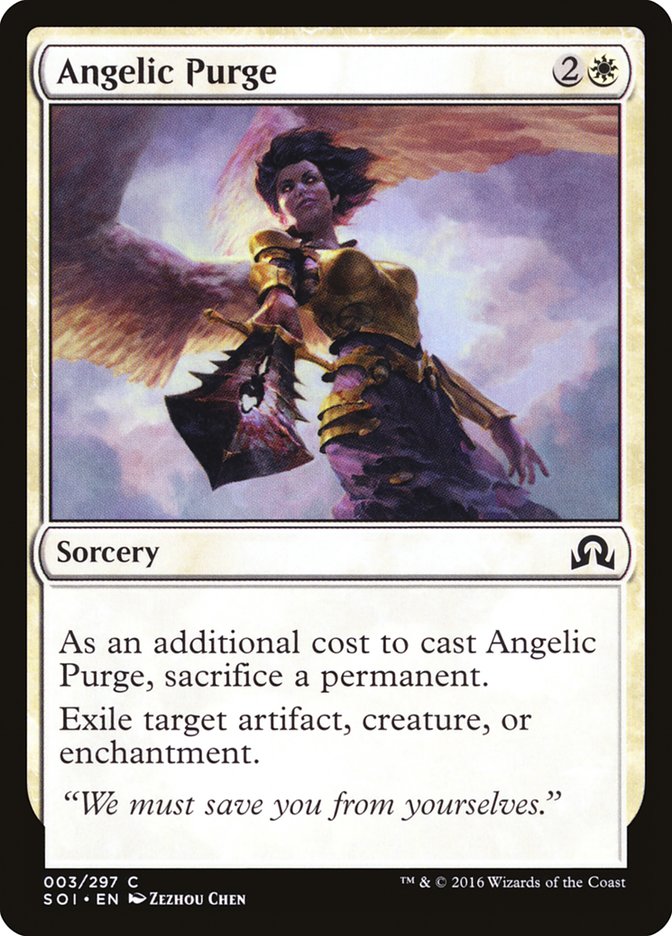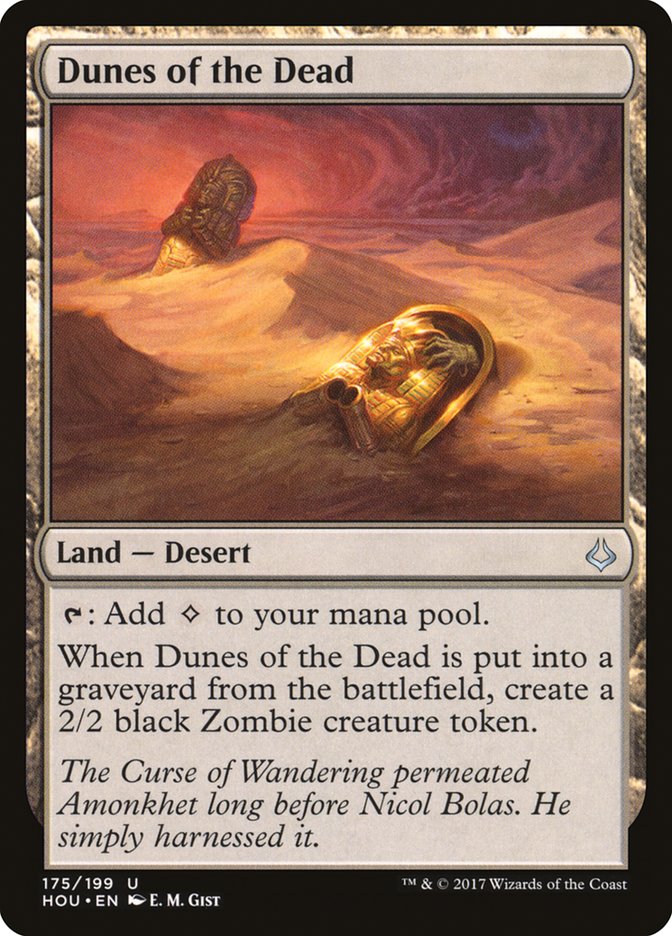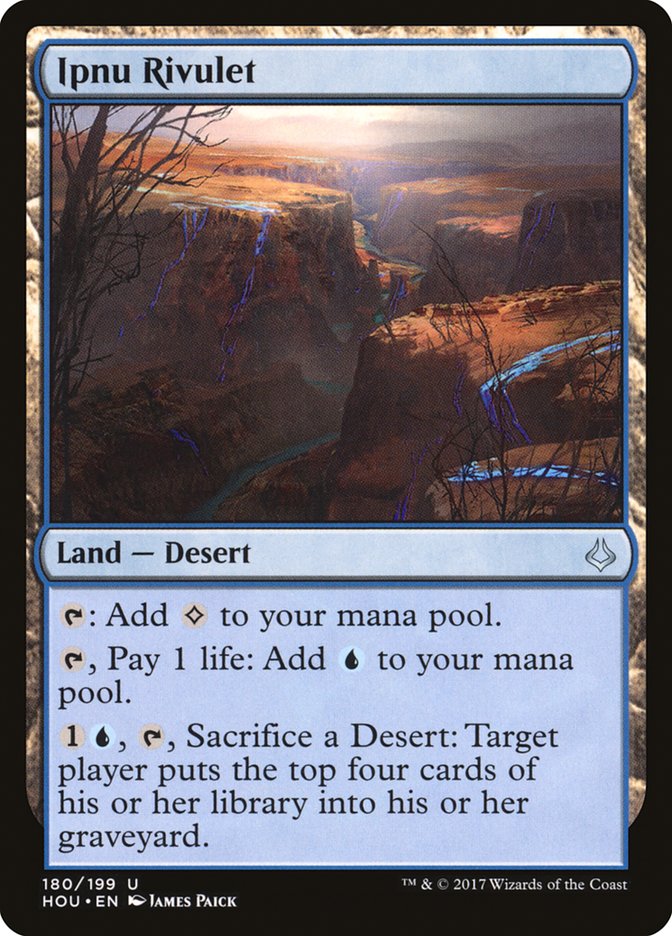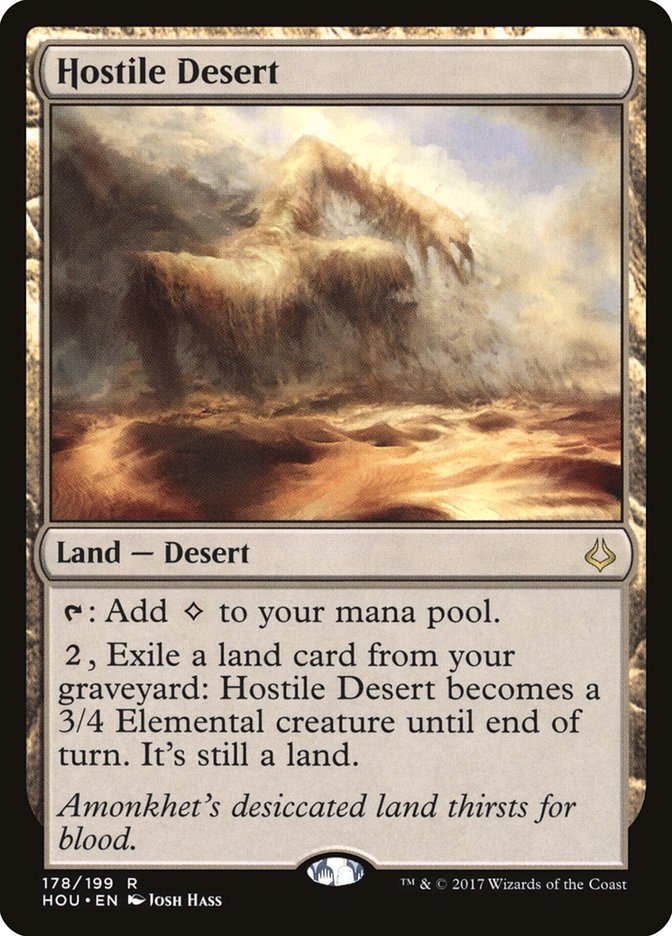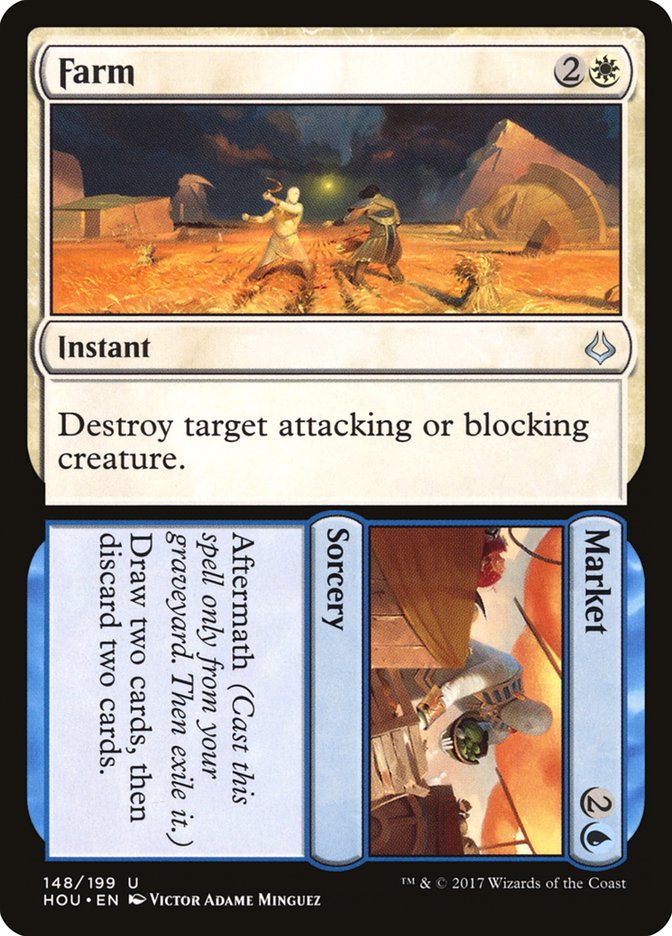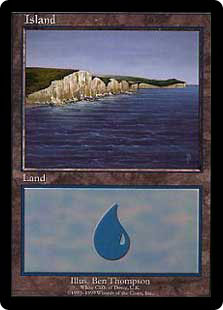The week following a Pro Tour is always tumultuous. After seeing some of the best players in the game reveal their last few weeks’ work in deckbuilding, metagaming, and actual play, high-level and casual players alike adjust to match the new energy of the format covered in the Pro Tour. Critical deck pieces that were marginally apparent before the Pro Tour become hard-to-find, expensive staples. The format, in many cases, feels “solved,” leading to an abandonment of some strategies for well-tested, greased machines used by the brightest and most visible minds in Magic.
For Pro Tour Hour of Devastation, the message was clear: red was the color to be and the deck to beat.
A deck that had been bubbling beneath the skin of the metagame since Jonathon Job proved the deck’s validity at the SCG Tour Open Weekend in Cincinnati, Mono-Red, or “Ramunap Red,” is an evolutionary step forward in the typical Mono-Red deck that we’re familiar with seeing at most every corner in a new, young Standard format. However, in a large-scale, high-skill tournament, six of the eight Top 8 decks were mono-red or close, all on the backs of direct damage via lands combined with tempo-based haste and blocking prevention in its creature and spell base. Much like the different kinds of deep-south chili you might find in a Texas cook-off, the six versions of red aggro in the Pro Tour Top 8 differed considerably on card choice from one to the other. Although they may have different kinds of peppers, they’re all hot.
In shops around the world, the impact of the Pro Tour can be seen in deck choices for the various tournaments over the following week. Needless to say, Ramunap Red will be Public Enemy Number One. While Chris Lansdell did a great job highlighting a couple of different decks to respond, I’ll be sharing a deck that, while once unsuccessful, has been modified to be my choice to not only beat Ramunap Red but also the decks designed to beat Ramunap Red. Meta!
It started with a bizarrely out-of-touch anti-aggro card: Hour of Revelation.
This is Planar Cleansing, a reasonably powerful, albeit expensive, no-nonsense sweeper. It hadn’t historically been as popular as, say, Wrath of God because it cost too much and it had a way of interacting with other nonland permanents that a controlling deck might be using to its advantage, resetting everything, not just the creatures that were beating you down. This means Spell Queller, Cast Out, and the planeswalkers you’ve been working on get blown up, too. The cost reduction (which still makes it very difficult to cast given the triple-white requirement) is a tempting diversion, but it’s not really…
…okay, who am I kidding? I want to obliterate the battlefield for three mana. But I want some of my cards to live, too.
While living in the shadow of his four-mana reflection, Gideon of the Trials, originally one of the most sought-after cards in Amonkhet, has dwindled down not to just being an underplayed planeswalker but one that directly gets in the way of his better counterpart, Gideon, Ally of Zendikar. You can’t have them both on the battlefield at once, and except for Little Gid’s emblem, there’s not a lot of synergy with other copies of him from other planes.
He can make himself indestructible, though.
Hour of Revelation has a fairly hefty cost to its reduction: ten nonland permanents. Even five nonland permanents on one side is a pretty good trick these days, but relying on your opponent to put up just as many or more is a good way to get dead before you ever cast your unwieldly six-mana sweeper.
All in all, Hour of Revelation seemed, strictly speaking, like a Commander card with no home in Standard, and certainly not the current one.
Then I started to think about permanents that made more permanents, or permanents that, when destroyed, provided a benefit, giving a legitimate way to reach the ten-permanent threshold.
Combined with a low-cost way to get the deck developed, we can benefit from sacrificing permanents.
While certainly activated by any of the Deserts that sacrifice it, Dunes of the Dead also works perfectly with Extricator of Sin, allowing you to make three creatures for the price of one, with five power out of nowhere. Angelic Purge can sacrifice Dunes of the Dead or any other noncreature permanent for one of the most powerful three-mana sorceries available in Standard.
With cards that produced lots of permanents, you’d eventually hit a tipping point: leverage what you have to win the game or press the reset button, retaining those most critical of deck functions.
My original gameplan had a mostly white focus, but with some fixing like Prophetic Prism and Terrarion, I wanted to see if blue provided some help; cards like Farm // Market, Elder Deep-Fiend, and Ipnu Rivulet to break Dunes of the Dead at instant speed and help delirium seemed like a worthy investment.
It wasn’t long before I had the deck I needed and the chance to try it out.
Creatures (12)
- 2 Dimensional Infiltrator
- 4 Thraben Inspector
- 4 Extricator of Sin
- 1 Temmet, Vizier of Naktamun
- 1 Oketra the True
Planeswalkers (3)
Lands (25)
Spells (21)

I took this deck to a four-round casual Tuesday event at my shop last week and put it through its paces to see if the deck, or even the concept, had any legs.
Amidst a flurry of Prophetic Prisms, Hedron Archives, and incidental improvise cards, I did my best to battle the Colossus. With enough Blessed Alliances and pressure from Hostile Deserts, I was able to keep him off his main plan, reanimating Metalwork Colossus. He managed to do it a couple of times in two games, but I was there with the removal whenever he’d get it back online. I carried our two-game match easily.
1-0
This was a good matchup for me; maindeck sweepers against noncreature permanents is a fairly unusual line to follow, but it paid off for this archetype.
Round 2 – Zombies
Against my friendly opponent Ryan, I went to battle with my deck, taking punishment from wave after wave of Zombies. In a close Game 3, The Scarab God did its worst, and Gideon of the Trials and his crew of massive sweepers were no match.
1-1
Note to self: colored Deserts hurt. They are not a reliable source of color, especially if you’re under fire from all sides, as was the case in the Zombie deck.
Round 3 – B/W Ayli
In a particularly spicy brewers’ match with one of the local shopkeeps, I went to fight against Ayli, Eternal Pilgrim, and the lifegain of cards like Glory-Bound Initiate, Ayli herself, and Crested Sunmare. While I tried to my best to answer each threat, I wasn’t applying much pressure. I squeaked by with one game and proceeded to firmly lose the next two.
1-2
His was a deck I was certain I could beat if my cards came up right, but they just didn’t often enough.
Round 4 – U/W Flash
My familiar opponent, whom I’d faced two or three times in the last month, brought out his own familiar deck, filled with Archangel Avacyn, Spell Queller, and Thalia, Heretic Cathar, the actual bane of my Mono-Red deck.
After settling into our match with a game each, Game 3 saw me produce and actually rely on a Gideon of the Trials emblem, dipping to -6 life at one point. As long as I could remove his threats long enough to +1 Gideon and protect him and myself, I still had a chance. After an activation and an Hour of Revelation to get things reset, a timely Archangel Avacyn blew me out completely, causing the extension of my hand to his.
1-3
A poor showing, to be sure. The mana was incorrect, the threats were inconsistent, and the deck was fighting itself too much to be particularly effective. All in all, the deck was a failure, but the concept might still be alive.
You’re outta there.
While my original gut was to build a white deck and exclude any other type of mana, I believed that Deserts were more reliable than they are. However, as any good Magic deckbuilder will tell you, pain mana hurts for a reason. Aside from sacrificing a card like Blessed Alliance just to bandage your life total, you’re going to be suffering on the wrong end of a bad Desert draw. Ipnu Rivulet was never relevant, and I was fairly certain that the white cards I could have played would have done a far better job anyway.
Hour of Revelation was indeed powerful, but it’s not the card it might have been at one time. Swingy turns happen all the time, and a combination of haste, flash, and high-pressure effects make slow, sorcery-speed removal a thing of the past. Only at its very cheapest was Hour of Revelation a solid card, and even then, it was nearly impossible to make it work like you wanted. Side note: playing Hour of Revelation with only about ten to twelve land-based sources was like balancing on a greasy, overinflated beach ball.
Cutting the blue was the first step in refining this deck, and it should have been my first deckbuilding step, too. With white front and center, we can focus on the plan, stick our best threats, and leverage our targeted removal towards a better outcome.
Creatures (18)
- 2 Aven Mindcensor
- 2 Topplegeist
- 4 Thraben Inspector
- 1 Odric, Lunarch Marshal
- 4 Extricator of Sin
- 1 Oketra the True
- 4 Steward of Solidarity
Planeswalkers (4)
Lands (26)
Spells (14)

Much better.
In practice this deck was a lot smoother, and it could, with surprising frequency, achieve ten nonland permanents alongside my opponent. It was fairly tricky to leverage it, and I think a firmer dedication to the Hour of Revelation plan, perhaps using cards like Selfless Spirit to allow you to the keep the pedal to the floor, would be a good plan. In early testing I was not impressed with the Spirit, but things might have changed. Red’s coming at you quickly these days, and if some lifegain and solid, efficient blockers can do the job, perhaps that’s enough.
Hour of Revelation is a strange card; it’s a sweeper that almost asks to be built around. Have you been able to make something happen with this, or have you been using it just as a Planar Cleansing with a potential bonus? Is this a sweeper to set aside or one to try?


